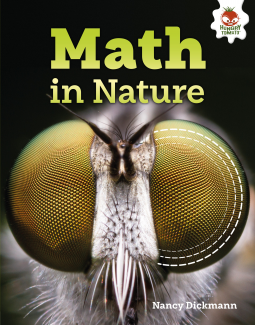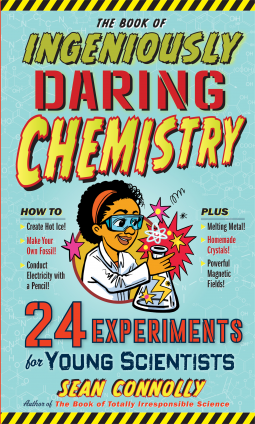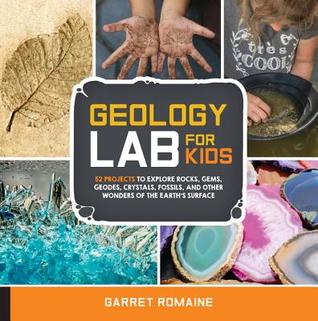In Unofficial Minecraft STEM Lab for Kids readers will find forty eight projects that can help make learning science, technology, engineering, and math more fun or exciting. There are six Quests, each with four unique Labs that pair a hands-on activity with an in-game project. Readers start with the basics of terminology and gameplay, and how to keep track of their activities. Information from five Minecraft experts share the challenges and experiences, and how the game has helped with their overall success. Some of the real world activities include making glow in the dark slime, the classic volcano, pipe cleaner snowflakes, electromagnets, and more. In game challenges include carving a crystal ice castle, making and using a teleporter, building a dam, and building labs and field stations.
Unofficial Minecraft STEM Lab for Kids is a well organized and accessable book for young scientists. The six quests include; Pistons, Rails and Redstone, Construction Zone, The Sky is Not Your Limit, Rocks, Minerals and Gems, Cycles in Science, and Engineering Challenge. In the beginning of the book there is information for parents and teachers to help them engage young readers with the activities, understand why this book might help them interest and motivate their readers, understand the basics of the game and tools that will be mentioned and used through out the book, and information about the people involved in making the book. I highly suggest that both adults and the young readers at least browse this section, because the Minecraft tools and the Sketchnoting might be new or more complicated than either have fully explored in the past. At the end of the book there is also a helpful glossary, connections between the projects in the book and classroom standards, resources for further research and exploration, and information about the authors.
I really enjoy the fact that this book is not just for the kids, it is about tackling projects as a family or team. The directions are well done and understandable, and the photographs and screenshots were used well and labeled in a way that worked to enhance the instructions. I liked the secondary challenges and tidbits of information that were included in blocks within each challenge, as well as the notes of other things you can try or interesting things you can find online that relate to the projects at hand. While the missions and focus might not be a perfect fit for everyone, I think there is a large potental for finding the perfect (enthusiastic) audience for this book.
Unofficial Minecraft STEM Lab for Kids is a great resource for getting our minecraft fans more interested in real world science, and our more hands on readers to delve into coding and computers. I think this is the best of both, getting any young scientist with even the vaguest notion of Minecraft to try some new experiments and activities. I am going to have to get my own paper copy for my soon to be middle-schooler and I to tackle over summer vacation.











